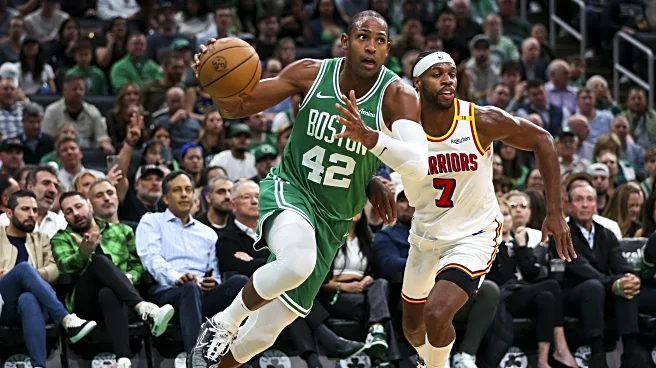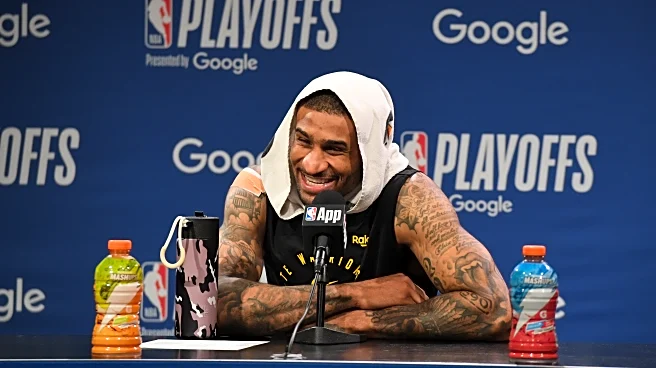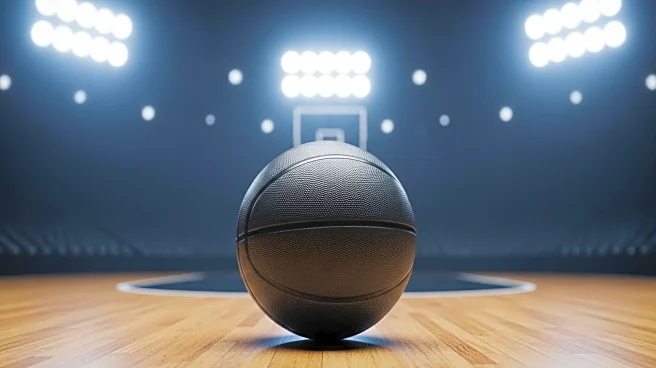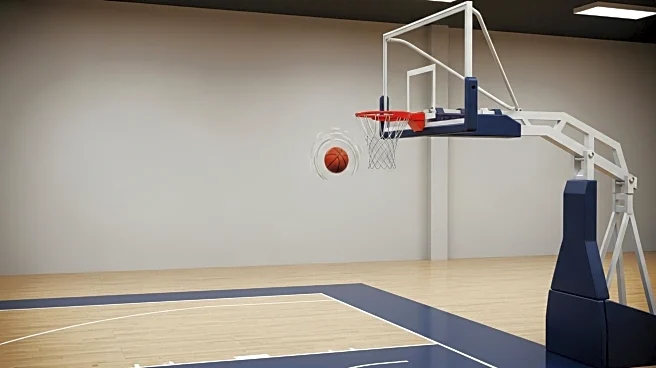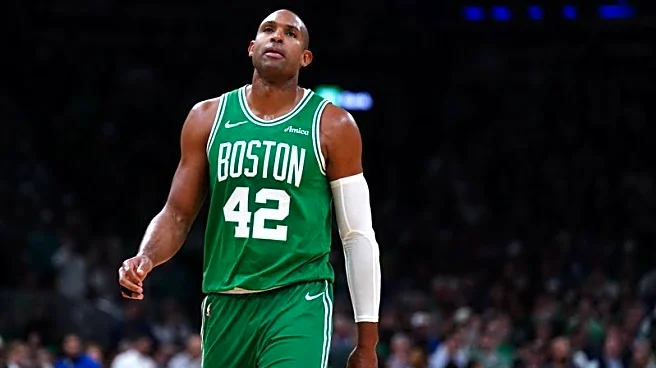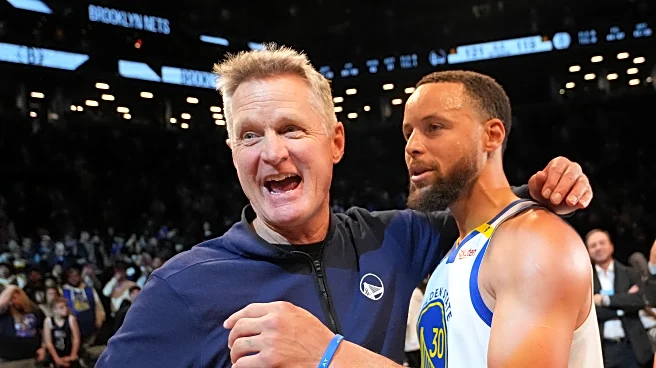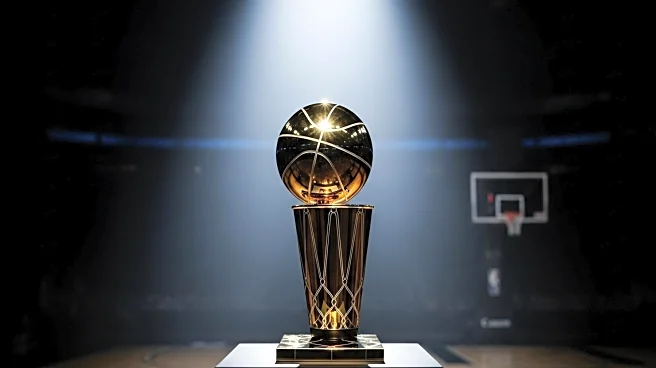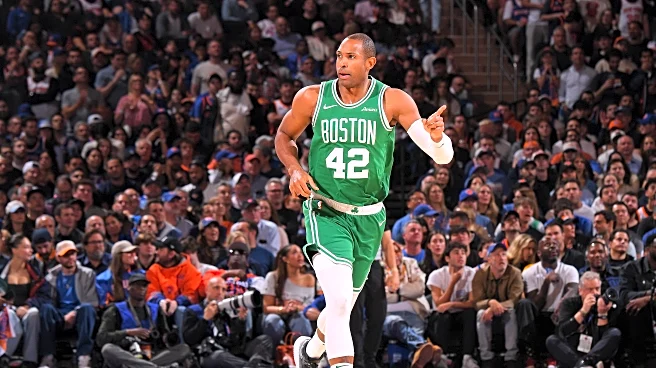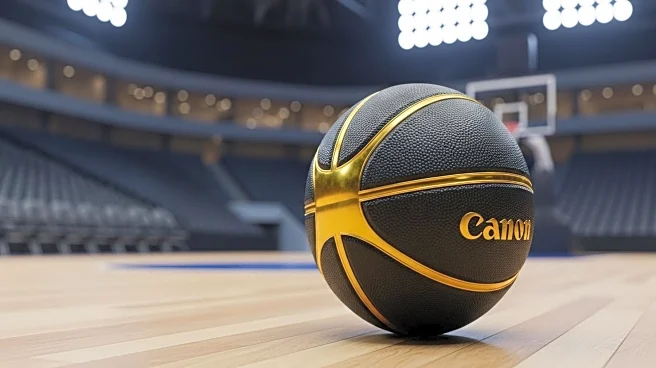Seventeen years. Fourteen years.
In an era when NBA rosters turn over faster than a Steph Curry pick-and-roll, these numbers hit different. Stephen Curry and Draymond Green aren’t just the longest-tenured
players with their current team in the NBA. They’re living proof that basketball’s most profound magic happens when brilliance gets time to marinate.
This isn’t nostalgia talking. This is about two players who didn’t just redefine their positions. They rewrote the league’s entire playbook and somehow remain essential chapters in the story being written today.
Start with Curry, because that’s where every defense has started for over a decade. The man turned the three-point line from a luxury into a nuclear weapon, transforming spacing from a coaching buzzword into the foundation of modern offensive philosophy. He didn’t just shoot more threes than anyone thought possible; he shot them from distances that made geometry textbooks obsolete and with a release so quick it turned “good defense” into a philosophical question.
But here’s what seventeen years of continuity creates: institutional knowledge that becomes muscle memory. Curry doesn’t just know every spot on the Chase Center floor; he knows how each teammate moves, where they want the ball, how to manipulate defenses with the threat of his shot even when he doesn’t touch it. That kind of basketball telepathy can’t be downloaded in a playbook. It has to be earned through thousands of possessions, hundreds of games, and a commitment to excellence that outlasts the league’s obsession with the new and shiny.
Then there’s Draymond, the basketball equivalent of seeing the Matrix in real time. Fourteen years of turning undersized into unstoppable, of making “positionless basketball” an actual thing rather than a trendy phrase. The league has spent over a decade trying to clone what Draymond does (defending five positions, quarterbacking an offense from the high post, turning defensive possessions into track meets with his outlet passes), and nobody’s quite figured it out because nobody else has his combination of basketball IQ, defensive intensity, and willingness to do everything that doesn’t show up on the back of a trading card.
What makes their longevity transcendent isn’t just individual brilliance. It’s the shared language they’ve developed, the way they can communicate with a glance what would take other duos a timeout to figure out. It’s Draymond knowing exactly when Curry’s about to relocate off a screen, and Curry knowing exactly when Draymond’s about to flip a switch defensively. That synchronicity is the Warriors’ superpower, and it took every one of those seventeen and fourteen years to build.
The league has changed around them, morphed into their image. Teams space the floor like Curry’s Warriors. They switch defenses like Draymond’s Warriors. They hunt mismatches and push pace and value versatility over traditional positions. But the architects are still here, still effective, still showing everyone how it’s supposed to be done.
Because here’s the thing about longevity in professional sports: it’s not just about staying on a roster. It’s about staying relevant, staying essential, staying hungry enough to evolve while maintaining the core identity that made you special in the first place. Curry and Draymond have mastered that balance, adding chapters to their games while keeping the spine of what they do intact.
In a league that treats loyalty like a quaint relic and rebuild cycles like quarterly earnings reports, seventeen years and fourteen years represent something revolutionary: proof that greatness sustained becomes something more than individual excellence. It becomes culture. It becomes identity. It becomes the kind of shared magic that doesn’t just win championships but changes how the game is played.
The longest-tenured duo in the NBA isn’t clinging to past glory. They’re still writing the playbook everyone else is trying to read.

